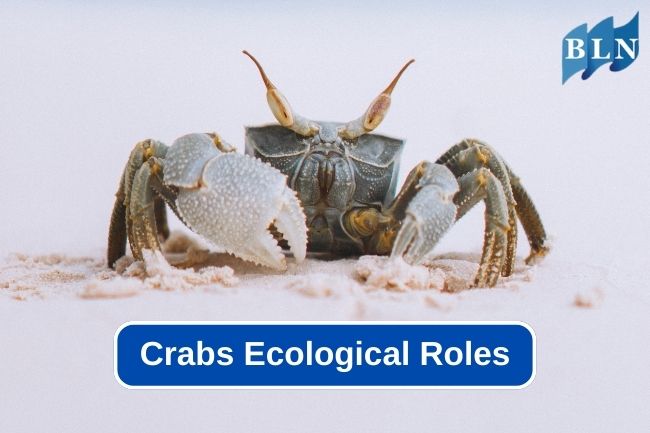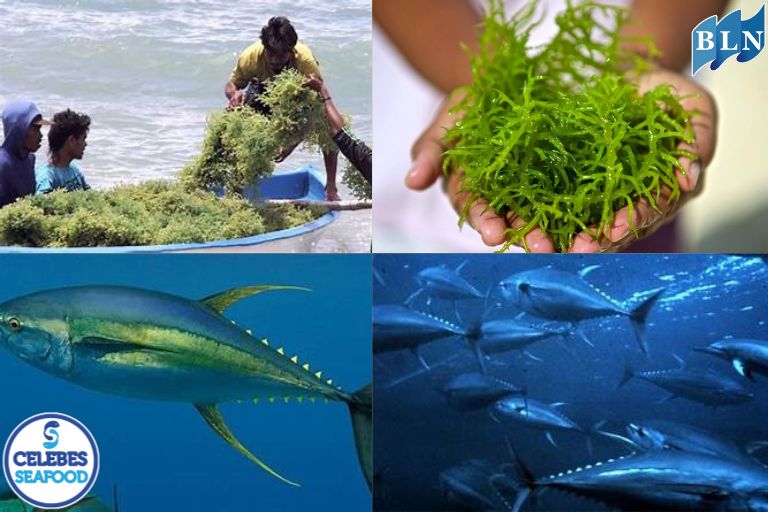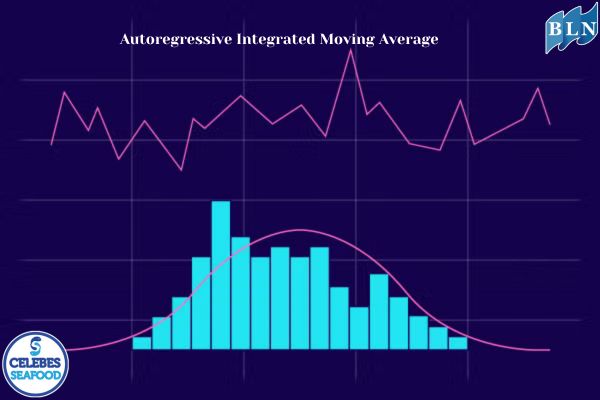The Crucial Ecological Roles of Crabs
By. Nevanda - 24 Oct 2023
lautnusantara.com - Crabs are one of those marine creatures that may often be taken for granted, yet their ecological role in aquatic ecosystems is critical. Crabs, with their various types and species, have a significant impact on the balance and well-being of coastal and aquatic ecosystems.
In this article, we will explore the ecological role that crabs play in maintaining the sustainability of the marine environment, covering aspects such as predation, sediment mixing, nutrient recycling and habitat formation for other organisms. Understanding this important role is the first step in preserving and protecting increasingly threatened aquatic ecosystems.
Read also: The Fascinating Distribution of Giant Pacific Octopus
Crabs have important ecological roles in aquatic ecosystems, especially in coastal ecosystems such as mangroves, coral reefs and estuaries. The ecological role of crabs includes several important things, including:
- Predators: Crabs often act as predators in aquatic ecosystems. They feed on a wide variety of organisms, including mollusks, plankton, fish, and even the remains of dead organisms. By controlling the populations of other organisms, crabs help maintain the balance of the ecosystem.
- Sediment Mixers: Some types of crabs, such as land crabs and sand crabs, have feeding disks that are used to dig burrows and search for food. In this process, they mix the sediments at the bottom of the water. This helps maintain the balance of sediment composition and texture, which in turn affects water quality and habitat for other organisms.
- Helps Recycle Nutrients: Crabs also play a role in recycling nutrients in aquatic ecosystems. When they eat organisms and other organic matter, they convert it into a nutrient source that can be used by other organisms in the food chain.
Read also: A Complete Guide to Cooking Seafood with the Right Techniques
- Habitat for Other Organisms: The holes and burrows made by crabs in the aquatic substrate provide shelter and habitat for other organisms, such as fish, mollusks, and shrimp. This helps in maintaining biodiversity in the aquatic ecosystem.
- Environmental Quality Indicator: Crabs can also be used as indicators of environmental quality. Changes in the crab population can indicate changes in the aquatic environment, such as pollution, changes in water temperature, or changes in the ecosystem.
Crabs play an important role in maintaining the balance of aquatic ecosystems and maintaining habitat quality in coastal ecosystems. Therefore, the conservation of crabs and their habitats is essential to maintain the sustainability of the marine environment.
Read also: Practical Guide to Thawing Fish: Fast and Safe Methods
.jpg)


.jpg)




